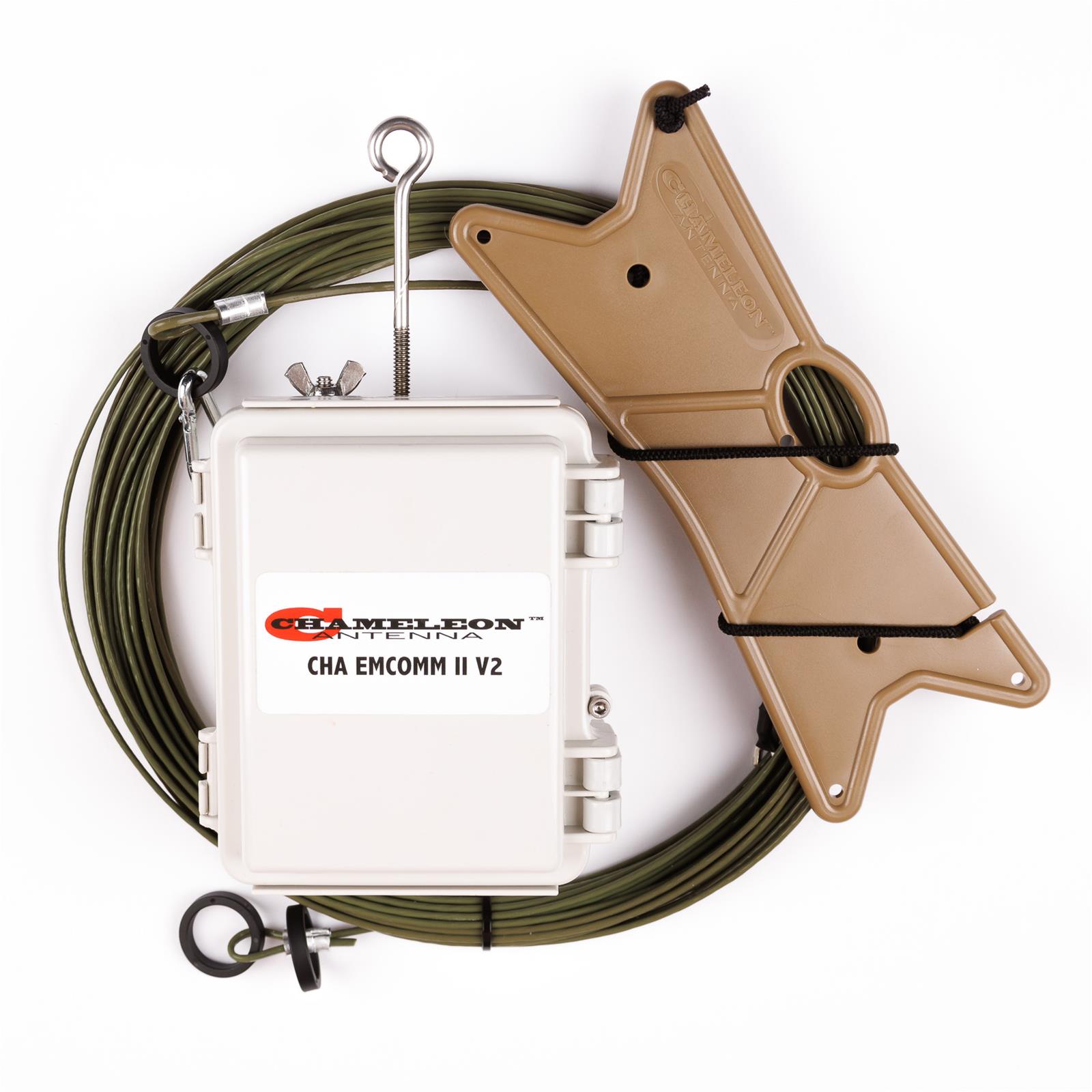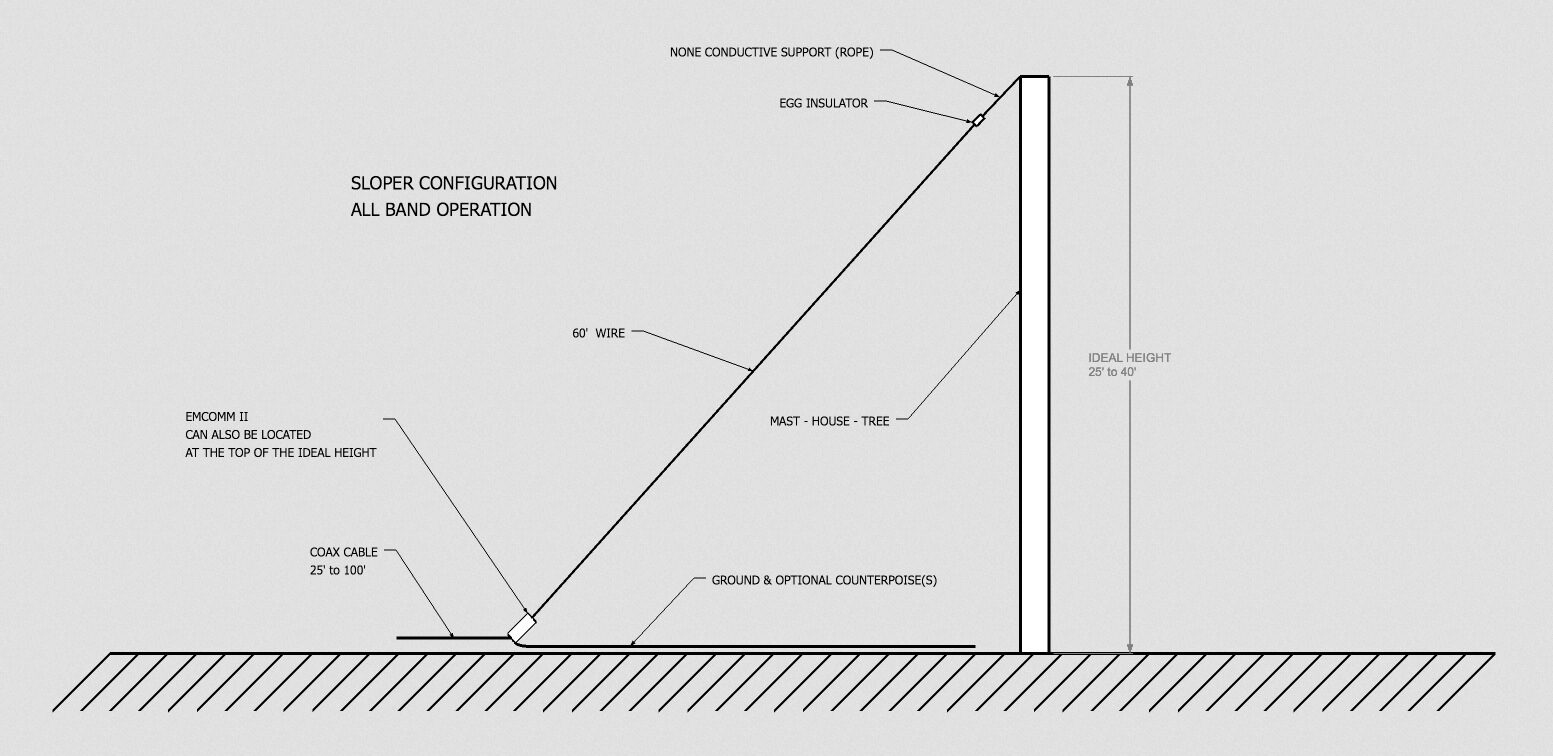CHA EMCOMM II Functionality and Features

CHA EMCOMM II represents a significant advancement in emergency communication systems, offering enhanced capabilities and a more streamlined user experience compared to its predecessor and competing solutions. This system is designed for rapid deployment and reliable operation in challenging environments, prioritizing ease of use and robust performance.
Core Functionalities of CHA EMCOMM II
The core functionality of CHA EMCOMM II centers around secure and efficient communication during emergencies. This includes real-time voice and data transmission, location tracking of personnel and assets, and integrated mapping capabilities for situational awareness. The system also supports various communication protocols, ensuring interoperability with a wide range of devices and networks. Furthermore, CHA EMCOMM II incorporates advanced features for managing and prioritizing communications during high-stress situations, optimizing resource allocation and ensuring critical information reaches the right individuals promptly. Data logging and reporting functionalities are also included for post-incident analysis and improvement of future response strategies.
Key Differentiating Features of CHA EMCOMM II
CHA EMCOMM II distinguishes itself from competitors through several key features. Its advanced encryption protocols provide a higher level of security for sensitive communications, safeguarding critical information from unauthorized access. The system’s superior range and penetration capabilities ensure reliable communication even in areas with limited network coverage or challenging terrain. Furthermore, the intuitive user interface, designed with ease of use in mind, minimizes training time and allows for rapid deployment even by personnel with limited technical expertise. The system’s modular design allows for customization and scalability to meet the specific needs of various organizations and operational scenarios. Finally, CHA EMCOMM II offers superior battery life compared to its competitors, extending operational time in extended deployments.
User Interface and User Experience Comparison
Compared to other emergency communication systems, CHA EMCOMM II boasts a significantly improved user interface and experience. The intuitive icon-based design, large display screen, and simplified menu structure minimize cognitive load during stressful situations. Unlike some competitor systems that rely on complex command-line interfaces or cumbersome menus, CHA EMCOMM II prioritizes ease of use and rapid access to critical functions. This translates to quicker response times and reduced errors in critical situations. User feedback gathered during beta testing consistently highlighted the system’s superior usability and ease of learning.
CHA EMCOMM II Specifications Compared to its Predecessor
| Specification | CHA EMCOMM II | CHA EMCOMM I |
|---|---|---|
| Processing Power | Quad-core 1.8 GHz | Dual-core 1.2 GHz |
| RAM | 4 GB | 2 GB |
| Storage | 64 GB | 32 GB |
| Communication Protocols | LTE, 5G, Satellite, VHF/UHF | LTE, VHF/UHF |
User Reviews and Experiences with CHA EMCOMM II: Cha Emcomm Ii Review

User feedback on the CHA EMCOMM II system reveals a mixed bag of experiences, reflecting both its strengths and weaknesses in real-world applications. While many users praise its functionality and ease of use in specific contexts, others have voiced concerns about certain limitations and encountered unexpected issues. A comprehensive review of user experiences provides valuable insights into the system’s overall performance and areas requiring improvement.
Positive User Feedback and Testimonials
Positive reviews frequently highlight CHA EMCOMM II’s robust performance in demanding environments. Users involved in emergency response operations consistently cite its reliability and ease of use during critical incidents. Testimonials frequently mention the system’s intuitive interface, which allows for quick and efficient communication even under significant stress. Many users appreciate the system’s ability to maintain clear communication despite challenging signal conditions, a crucial feature in emergency scenarios where reliable communication is paramount. For example, a search and rescue team reported successful coordination and information sharing using CHA EMCOMM II during a challenging mountain rescue operation, crediting the system’s resilience to interference and its clear audio quality.
Common Criticisms and Negative Feedback, Cha emcomm ii review
Despite positive feedback, some users have expressed concerns about certain aspects of CHA EMCOMM II. A recurring criticism revolves around the system’s battery life, with some users reporting shorter operational times than advertised, especially under heavy usage. Another common complaint centers on the system’s initial setup process, which some users found to be more complex than expected. Furthermore, several users reported occasional connectivity issues, particularly in areas with weak signal strength or significant radio interference. These issues, while not ubiquitous, highlight areas where improvements could enhance user experience.
Real-World Success Scenarios
CHA EMCOMM II has demonstrated its effectiveness in various real-world applications. Beyond the search and rescue example, the system has been successfully employed in disaster relief efforts, providing crucial communication links between emergency responders and affected populations. Its use in large-scale events, such as concerts and sporting events, has also been reported, facilitating seamless communication among event staff and security personnel. In one instance, a large-scale wildfire response team relied heavily on CHA EMCOMM II for coordinating firefighting efforts, maintaining consistent communication despite the challenging environment and significant radio traffic.
Reported Issues and Bugs and Potential Solutions
Several users have reported specific issues with CHA EMCOMM II. One recurring problem involves intermittent audio dropouts during prolonged use, potentially linked to overheating or software glitches. Another reported issue concerns the system’s compatibility with certain types of headsets and accessories. Potential solutions include improved thermal management in the system’s design, rigorous software testing to identify and resolve bugs, and expanding compatibility testing to encompass a wider range of accessories. Further investigation into user-reported issues could lead to targeted improvements and updates.
Pros and Cons Based on User Feedback
User feedback suggests a clear set of advantages and disadvantages associated with CHA EMCOMM II.
- Pros: Reliable performance in challenging conditions, intuitive interface, robust communication capabilities, successful use in various emergency and non-emergency scenarios.
- Cons: Shorter than expected battery life in heavy use, complex initial setup process, occasional connectivity issues, reported audio dropouts and compatibility problems.
Comparison with Alternative Communication Systems

Choosing the right communication system depends heavily on specific needs and operational context. CHA EMCOMM II occupies a particular niche, and understanding its strengths and weaknesses relative to alternatives is crucial for informed decision-making. This section compares CHA EMCOMM II with three other prominent communication systems, highlighting key differences in features, performance, and cost.
CHA EMCOMM II Compared to Iridium Satellite Phones
Iridium satellite phones offer global coverage, a significant advantage over systems reliant on terrestrial infrastructure. However, this global reach comes at the cost of higher latency and potentially lower bandwidth compared to CHA EMCOMM II in areas with good terrestrial coverage. CHA EMCOMM II, while possessing a more limited range, typically boasts faster data transmission speeds and lower operating costs within its operational area. Iridium systems are also generally more expensive to purchase and operate. The choice depends on the prioritization of global reach versus speed and cost-effectiveness within a defined region.
CHA EMCOMM II Compared to VHF/UHF Radio Systems
VHF/UHF radio systems provide immediate, point-to-point communication, ideal for situations requiring rapid response and confirmation. However, their range is significantly limited by terrain and atmospheric conditions, unlike CHA EMCOMM II, which may utilize a wider array of communication protocols for extended reach. VHF/UHF systems are typically less expensive upfront but lack the data-handling capabilities of CHA EMCOMM II. The integration of various data streams and the potential for remote monitoring and control, which CHA EMCOMM II offers, is absent in basic VHF/UHF setups. Furthermore, the security features inherent in CHA EMCOMM II are often lacking in simpler VHF/UHF systems.
CHA EMCOMM II Compared to Mobile Cellular Networks
Mobile cellular networks offer widespread coverage and high bandwidth, making them suitable for many communication needs. However, their reliance on terrestrial infrastructure means they are susceptible to outages during emergencies or in remote areas, unlike CHA EMCOMM II, which may incorporate redundant communication pathways. The cost of cellular service can vary significantly depending on location and data usage. CHA EMCOMM II’s cost structure, while requiring an initial investment, may offer predictable and potentially lower ongoing operational expenses in certain scenarios, particularly in areas with limited or unreliable cellular coverage. Furthermore, cellular networks might be susceptible to jamming or overload during large-scale emergencies, a risk mitigated to some degree by the diverse communication methods potentially employed within CHA EMCOMM II.
Comparative Chart of Communication Systems
| Feature | CHA EMCOMM II | Iridium Satellite Phone | VHF/UHF Radio | Mobile Cellular Network |
|---|---|---|---|---|
| Coverage Area | Regionally Dependent | Global | Limited, line-of-sight | Widespread, terrestrial |
| Data Speed | Moderate to High (dependent on configuration) | Low to Moderate | Low | High |
| Latency | Low to Moderate | High | Low | Low to Moderate |
| Cost (Purchase & Operation) | Moderate to High | High | Low | Variable |
| Resilience to Outages | Moderate to High (dependent on redundancy) | High | Low | Low |
